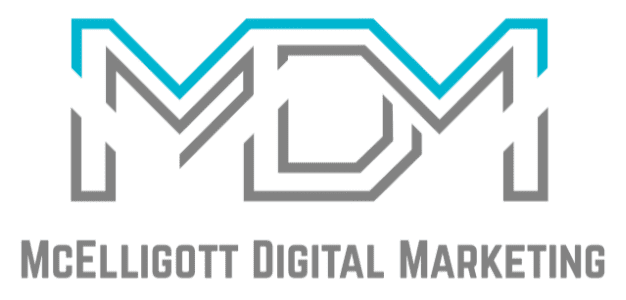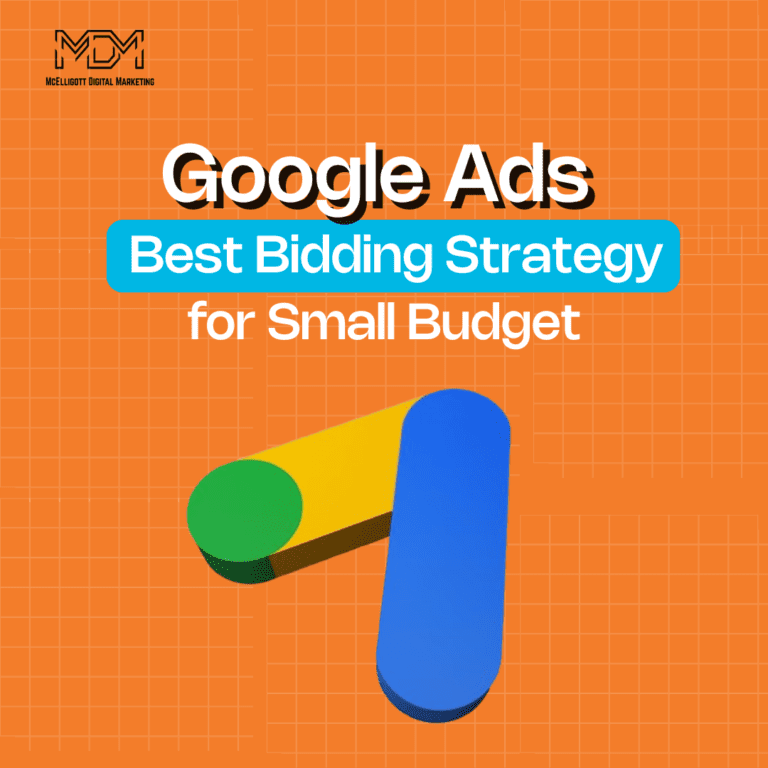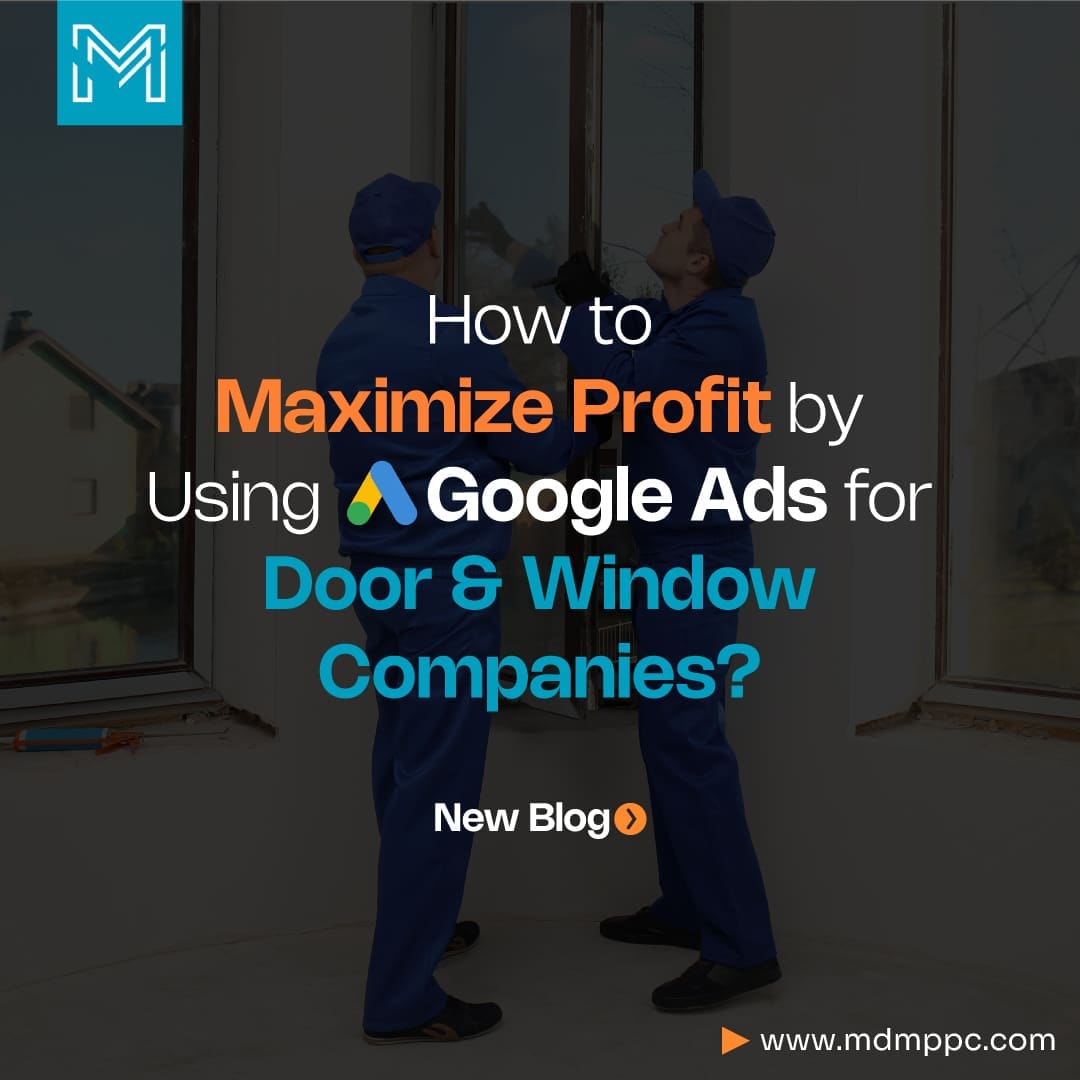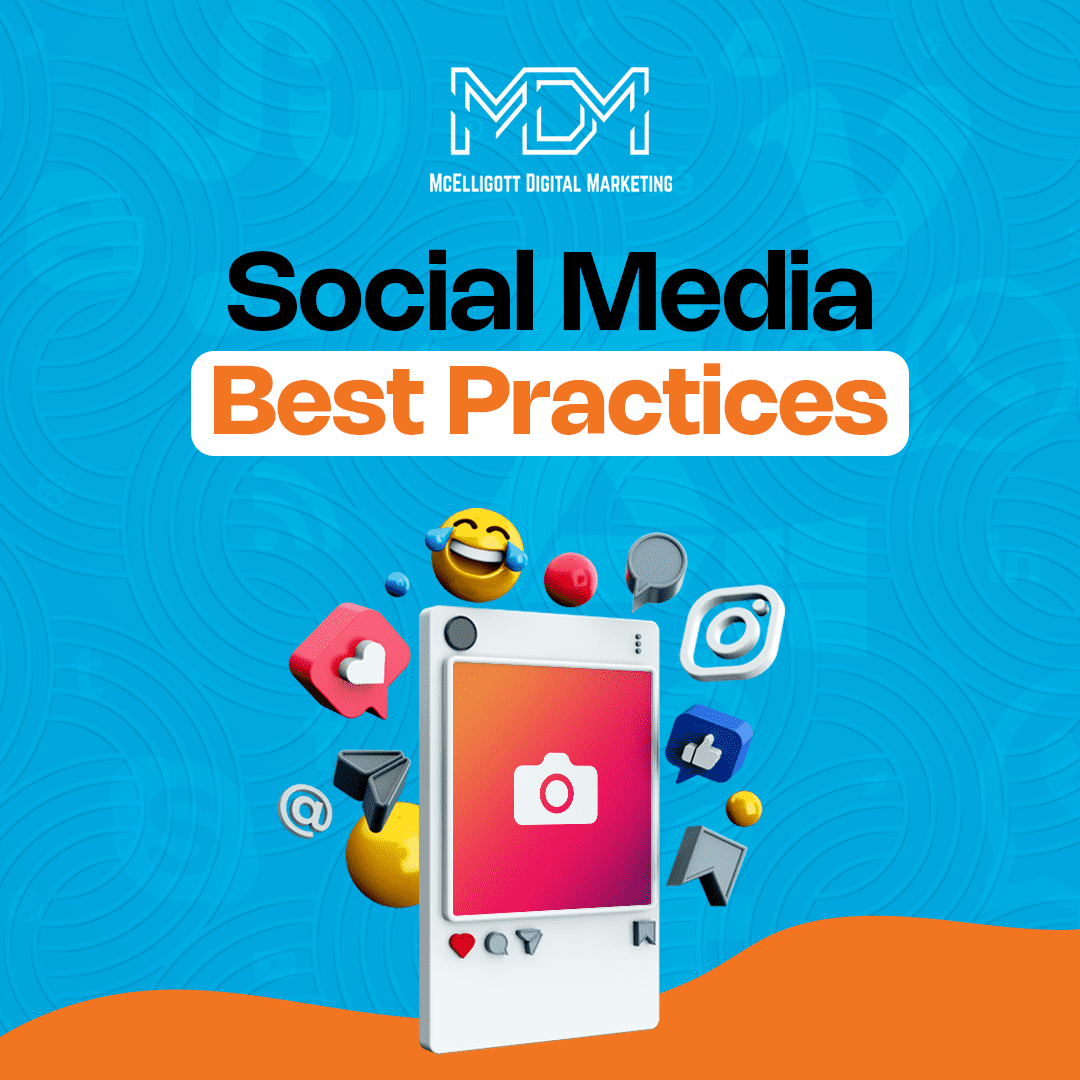Running Google Ads on a small budget can feel like an uphill battle. With big brands spending thousands per day, how can you compete without burning through your ad spend?
The key is choosing the right bidding strategy to maximize results while keeping costs under control. Google Ads offers various bidding options, but not all of them work well for advertisers with limited budgets.
If you pick the wrong strategy, you’ll either overspend too quickly or struggle to get enough impressions. But when done right, even a small budget can generate high-quality clicks and conversions.
In this guide, we’ll break down the best bidding strategies for small-budget advertisers, how to optimize your campaigns, and common mistakes to avoid—so you can get the most value from every dollar spent.
Understanding Google Ads Bidding
What is Google Ads Bidding?
Google Ads bidding determines how much you’re willing to pay for a click, impression, or conversion in Google’s ad auction system. When someone searches for a keyword you’re targeting, Google runs an auction to decide which ads appear and in what order.
Your bid amount, along with factors like Quality Score and Ad Rank, influences whether your ad shows up and how much you pay per click. Choosing the right bidding strategy is crucial—especially if you have a small budget and need to make every dollar count.
Manual vs. Automated Bidding
Google Ads offers two main bidding types:
Manual Bidding – You set your own bids for keywords and ad placements. This gives you more control but requires regular monitoring and adjustments.
Automated Bidding – Google adjusts your bids automatically based on campaign goals like conversions or clicks. While it saves time, it can quickly drain a small budget if not optimized properly.
For advertisers with limited budgets, the best approach is often a mix of manual and automated bidding, ensuring efficiency while maintaining control over spending.
Challenges of Running Google Ads on a Small Budget
Running Google Ads on a limited budget comes with unique challenges. Since ad auctions are competitive, smaller advertisers must be strategic to get the best results without overspending. Here are the biggest hurdles:
Higher Competition & Cost Per Click (CPC)
- Many industries have high CPCs (especially in finance, legal, and SaaS).
- Big-budget advertisers can outbid smaller businesses, making it harder to compete.
- If CPCs are too high, a small budget can run out quickly with only a few clicks.
Limited Daily Ad Spend
- A small budget means fewer clicks and impressions per day.
- Ad fatigue can set in quickly if funds are exhausted early in the day.
- You may not have enough data for Google’s AI to optimize effectively.
Risk of Wasted Spend Without the Right Strategy
- Broad targeting and ineffective bidding strategies can burn through your budget fast.
- Low-quality traffic from poor audience selection results in low conversions and high bounce rates.
- Choosing the wrong keywords (too broad or too competitive) leads to poor ad performance.
Best Google Ads Bidding Strategies for Small Budgets
When running Google Ads on a tight budget, selecting the right bidding strategy is crucial. Here are the best bidding options that help you maximize performance without overspending.
Manual CPC Bidding
Best for: Small businesses that want full control over their bids.
- Let’s you set maximum CPC for individual keywords.
- Helps avoid overspending on expensive keywords.
- Requires constant monitoring to adjust bids for performance.
Use when: You want granular control over how much you pay per click.
Avoid if: You lack time for manual adjustments.
Enhanced CPC (ECPC)
Best for: Businesses that want AI assistance without losing control.
- Uses Google’s AI to adjust bids based on likelihood of conversion.
- Keeps some manual control while optimizing bids for better results.
- Helps reduce wasted spend while improving conversions.
Use when: You want manual bidding with AI optimization.
Avoid if: Your campaign doesn’t have enough conversion data for AI learning.
Maximize Clicks
Best for: Businesses looking for maximum website traffic within budget.
- Google automatically adjusts bids to get the most clicks possible.
- Best for awareness campaigns where traffic matters more than conversions.
- Less control over individual bid amounts.
Use when: You want to drive traffic to your site at the lowest CPC.
Avoid if: You have strict conversion goals (Google optimizes for clicks, not quality).
Target CPA (Cost-Per-Acquisition)
Best for: Businesses focused on lead generation or sales.
- Google automatically sets bids to hit your target cost-per-acquisition.
- Best for campaigns where conversions are the main goal.
- Requires historical conversion data (works best with at least 30 conversions/month).
Use when: You want Google to optimize bids for conversions at a specific cost.
Avoid if: You don’t have enough past conversions for AI learning.
Target ROAS (Return on Ad Spend)
Best for: E-commerce businesses focused on profitability.
- Google optimizes bids based on your desired return on ad spend (ROAS).
- Best for campaigns where every dollar spent must generate a set revenue goal.
- Requires significant conversion data to work effectively.
Use when: You have a clear revenue target per ad dollar spent.
Avoid if: You’re a new advertiser with limited conversion history.
Maximize Conversions
Best for: Small businesses that want as many conversions as possible within budget.
- Google automatically adjusts bids to maximize the number of conversions.
- Great when you don’t have a defined CPA goal but want more conversions.
- Works best if Google has past conversion data for optimization.
Use when: You want Google to automate bid adjustments for conversions.
Avoid if: Your budget is too low to allow for AI optimization.
How to Choose the Right Bidding Strategy
Selecting the best Google Ads bidding strategy depends on your business goals, budget, and past campaign data.
Here’s how to make the right choice:
Define Your Business Goals
Your bidding strategy should align with what you want to achieve:
- More Website Traffic → Use Maximize Clicks
- Lead Generation → Use Target CPA or Enhanced CPC
- E-commerce Sales & Profitability → Use Target ROAS
- Brand Awareness → Use Manual CPC for precise control
Analyze Past Campaign Performance
Before selecting a strategy, review how previous ads performed:
- Check past CPC & conversion rates – If past campaigns had high CPC but low conversions, a conversion-based strategy like Target CPA may work better.
- Look at conversion history – Google’s AI performs better with more data. If you have 30+ conversions/month, Target CPA or ROAS is ideal.
- Test different strategies – Start with Enhanced CPC or Manual CPC, then gradually shift to AI-driven bidding if it improves performance.
Adjust Bids Based on Audience & Keyword Competition
Your audience size and keyword competitiveness should also guide your bidding strategy:
- High-competition keywords (Expensive CPCs) → Consider Target CPA to control costs.
- Niche keywords (Lower CPCs) → Manual CPC can work well to fine-tune bids.
- Retargeting campaigns → Maximize Conversions can be effective for capturing returning users.
- New campaigns with little data → Start with Maximize Clicks or Enhanced CPC, then adjust as needed.
Tips to Optimize Google Ads on a Small Budget
Running Google Ads on a limited budget? You need to spend smart and maximize every click. Here’s how:
1. Use Negative Keywords to Reduce Wasted Spend
Block irrelevant searches by adding negative keywords (e.g., “free” if you don’t offer free products). This prevents clicks from unqualified leads.
2. Focus on High-Intent Keywords
Prioritize transactional keywords like “buy,” “get a quote,” or “best price” instead of broad, research-based keywords. These attract users closer to converting.
3. Optimize Landing Pages for Better Conversions
A great ad is useless if the landing page doesn’t convert visitors. Ensure fast load times, a clear CTA, and a mobile-friendly design.
4. Schedule Ads During Peak-Performing Times
Use Ad Scheduling to run ads when your audience is most active. Avoid wasting money on low-converting hours.
5. Leverage Geo-Targeting to Avoid Unnecessary Spend
Target only the most relevant locations where your customers are. Exclude regions that don’t convert to avoid budget wastage.
Common Mistakes to Avoid in Google Ads with a Small Budget
When running Google Ads on a tight budget, every dollar matters. Avoid these common mistakes to prevent wasted spend and poor performance:
1. Setting Bids Too High Without Enough Budget
Bidding aggressively may seem like a way to compete, but if your budget runs out too quickly, your ads won’t get enough exposure. Instead, start with lower bids and optimize based on performance.
2. Ignoring Ad Quality and Relevance
Even the best bidding strategy won’t help if your ads are low quality. Ensure your ad copy matches search intent, includes relevant keywords, and has a strong call to action (CTA). A high Quality Score means lower CPC and better rankings.
3. Not Tracking Conversions and ROI
Failing to track conversions is like driving blindfolded. Use Google Ads conversion tracking to measure what works—whether it’s sales, sign-ups, or leads. This helps optimize bidding strategies and budget allocation for the best ROI.
Best Tools to Monitor & Adjust Bidding
To maximize your Google Ads budget, you need the right tools to track, analyze, and refine your bidding strategy. Here are some of the best tools to help you optimize performance:
1. Google Ads Bid Simulator
What it does:
- Helps you understand how bid changes affect ad visibility and clicks.
- Provides insights into potential impressions, clicks, and costs at different bid levels.
Why use it?
- Adjust bids without guesswork.
- Optimize CPC based on data instead of trial and error.
2. Google Analytics (GA4) for Conversion Tracking
What it does:
- Tracks which ads drive real conversions (sales, sign-ups, leads).
- Analyzes user behavior after they click on your ad.
Why use it?
- Helps you focus spending on high-converting keywords.
- Enables data-driven bidding adjustments based on actual ROI.
3. SEMrush / Ahrefs for Keyword Bidding Insights
What they do:
- Provide CPC estimates, keyword competition data, and bidding trends.
- Analyze competitors’ Google Ads strategies to identify profitable opportunities.
Why use them?
- Find low-cost, high-value keywords.
- Adjust bids based on competitive research and search trends.
Conclusion :
Optimizing your Google Ads bidding strategy is essential for making the most of a small budget. By selecting the right bidding approach, focusing on high-intent keywords, and refining your landing pages, you can lower CPC while improving ad visibility and conversions.
Regularly tracking performance through Google Ads tools, adjusting bids strategically, and eliminating wasted spend ensures long-term success.
By following these best practices, even a limited budget can drive valuable traffic, leads, and sales—helping you stay competitive without overspending.
Need help optimizing your Google Ads strategy?
Start refining your approach today!
FAQs
Q. What is the best bidding strategy for a small budget?
A. Manual CPC offers full control, while Enhanced CPC provides AI assistance. Maximize Clicks works for traffic, and Target CPA helps with conversions.
Q. How can I reduce my CPC in Google Ads?
A. Use negative keywords, focus on high-intent keywords, improve ad quality, and optimize landing pages to lower CPC.
Q. How much should I spend on Google Ads with a small budget?
A. Start with $10–$50 per day, test different strategies, and focus on low-competition keywords for better ROI.
Q. How do I track bidding performance?
A. Use Google Ads Bid Simulator, Google Analytics, and SEMrush/Ahrefs to monitor CPC, conversions, and keyword performance.





